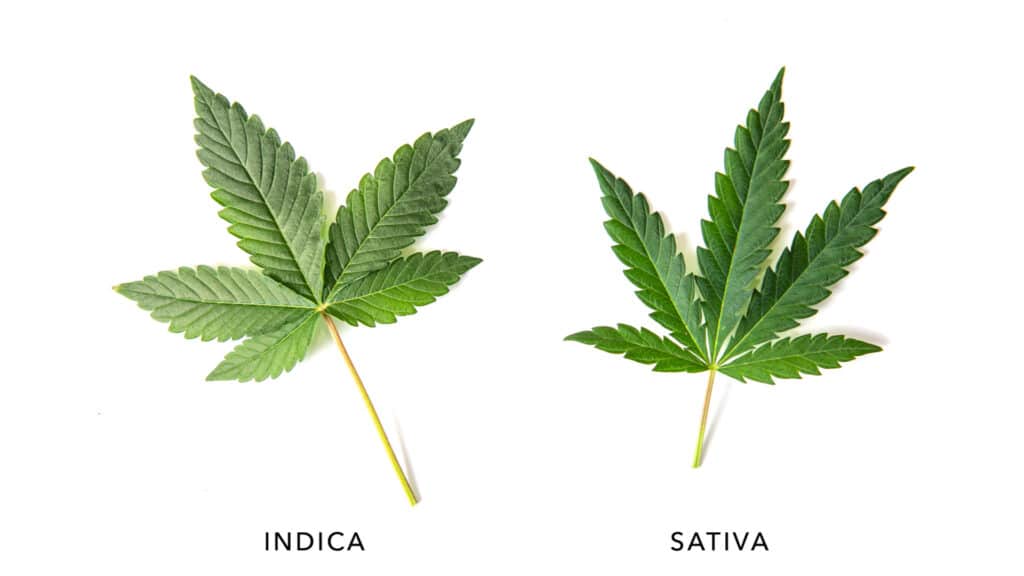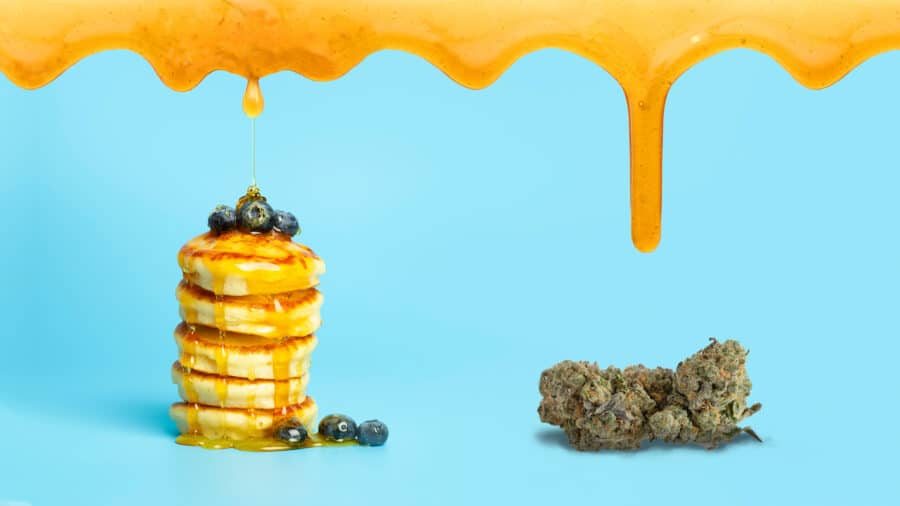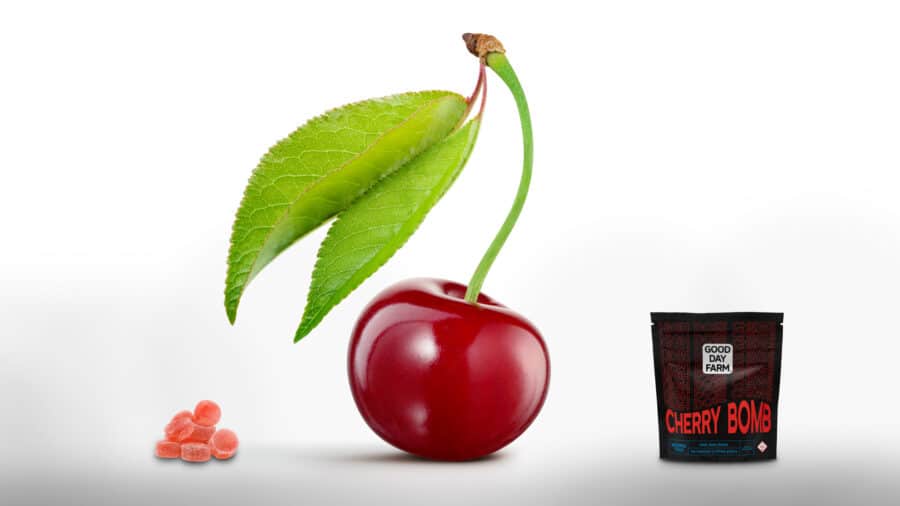Sativa vs. Indica R.I.P.?

If you are at all an experienced cannabis consumer, then you no doubt think you know all about the Sativa and Indica divide, and you likely have professed a preference for one or the other. And if you do have a strong preference for one, then you probably have a solid reason for staying away from the other. Personally, I have always been a fan of the Sativa, preferring its “up” reputation over its lethargic brother. I’ve had Indicas that have caused me to spiral off into a fit of depression, which is precisely the antithesis of why I use cannabis in the first place. I’m trying to stave off the depression, not bolster it. Those who are not down with the Sativa may cite aspects like paranoia or jitteriness as reasons for avoiding it. Bring the ever more ubiquitous hybrid strains (which allege to combine elements of both Sativa and Indica) into play, and it all seems like such a crapshoot.
But what if everything we thought we knew about Sativa and Indica was, for lack of a better word, bullshit? What if the lack of science and study of cannabis has led to some hasty generalizations over the years? What if there was no genetic distinction between the two major weed groups? Maybe it’s time to rethink what we thought we knew about how cannabis is classified. Nature.com recently posted a detailed scientific analysis which essentially states that the two classes of cannabis are far too reductive, and rather than dividing the plant into the two categories, we may need to expand the groupings down the lines of the myriad terpenes found in each strain.
This almost comes as no surprise given what we recently talked about in our first Terpene Talk column. Once you start to consider the many variables that come along with terpenes, the Sativa/Indica breakdown naturally begins to melt away. And while it may seem handy to have a simple binary breakdown to aid in cannabis consumption, ultimately having many categories to choose from should be preferable to any cannabinthusiast.
It’s a crude analogy, but what if the only way to classify beer was into lagers and ales, and there were no subcategories of either? We as humans do have a tendency to reduce everything into binary terms, but we are living extraordinary times, and there’s a reason non-binary is quickly becoming a valid choice for younger generations. Not everything is black or white, and neither is your cannabis.
So where do we go from here? Well, we can start by being more diligent in our terpene research, both in the lab and in the home. This is an effort that will require diligence on the part of cultivators, sellers and buyers. Use your internet search engines. Do the research on the strains you have purchased or are intending to purchase. The information is out there and only a few keystrokes away. Learn which terpenes dominate the strains that work best for you. Whether you shop at dispensary or pharmacy, in addition to strains, ask for terpenes by name. Remember, you are the customer as well as the patient, and you are entitled to all the information available about what you’re putting into your body. The more we talk terpenes to our pharmacists, the sooner we can all be on the same page.
All that said, the Sativa/Indica breakdown is surely going nowhere anytime soon. Yet the more states that legalize, the more the people will want to know exactly what they are imbibing, and the less likely we will be to use the two labels as our primary manner of identifying a strain.







